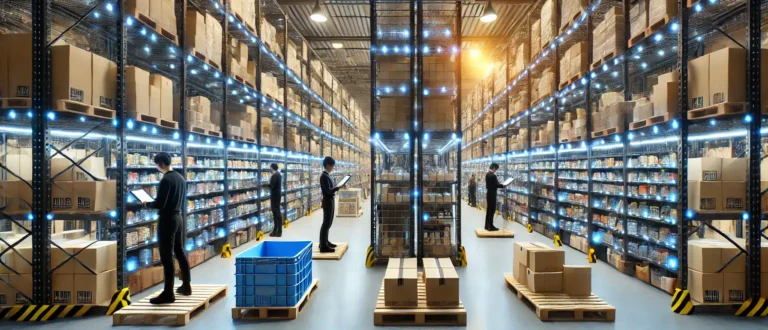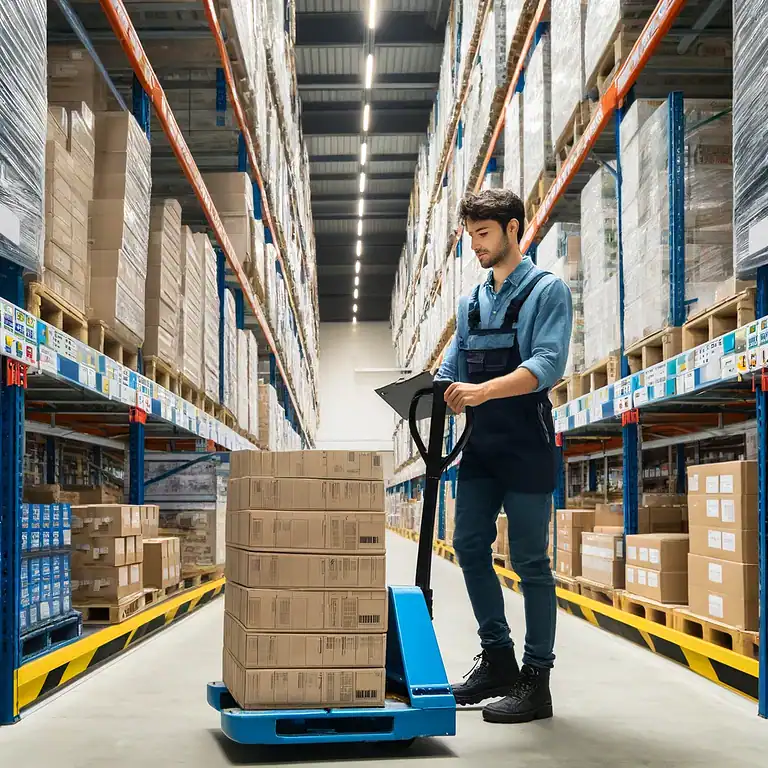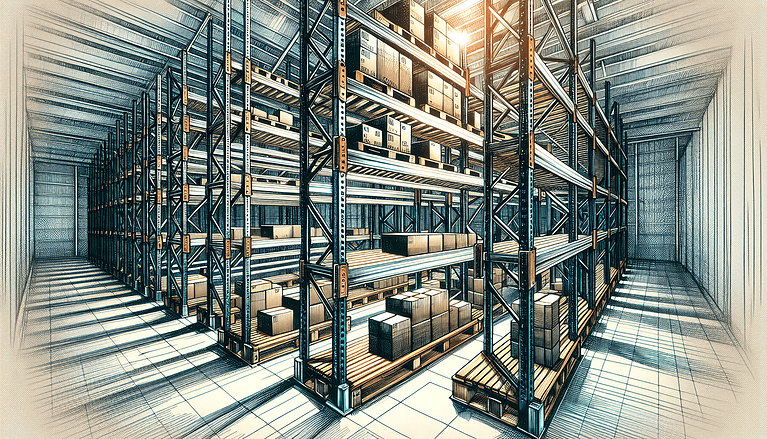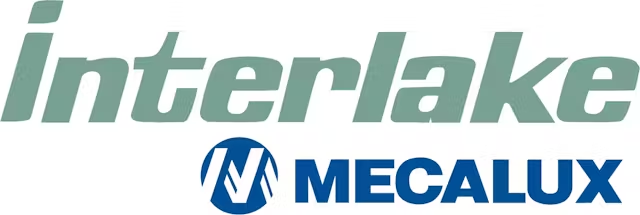Powerful Eco-Friendly Packaging Solutions for 2025
In a world where 165 billion packages are shipped annually in the US alone, the environmental impact of e-commerce packaging is staggering. But what if every box, mailer, and piece of bubble wrap could tell a sustainability story through eco-friendly packaging options?
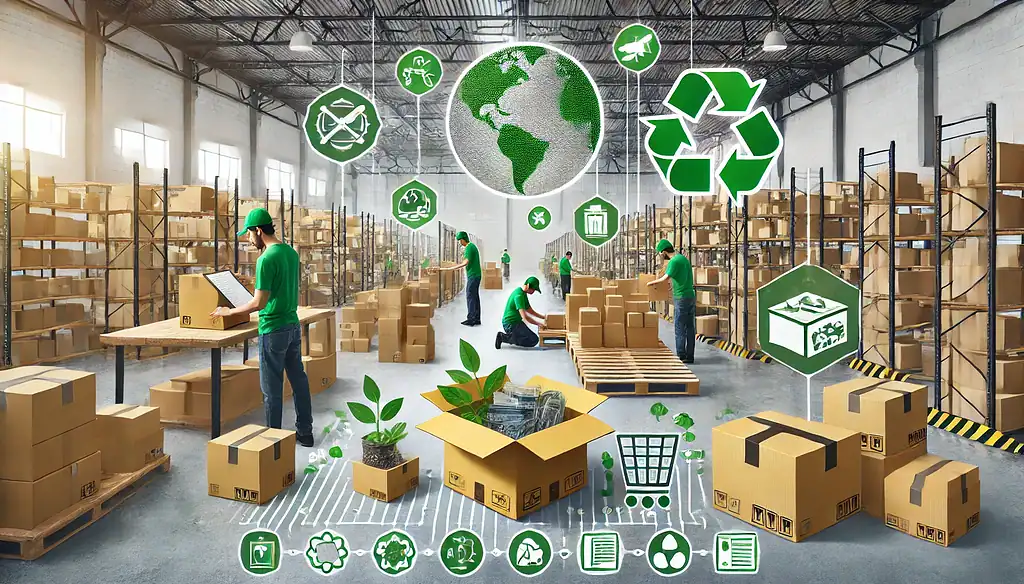
E-commerce has changed the way we shop. We have never had more convenience and access to global markets. But with this digital retail boom comes a tidal wave of packaging waste.
As online sales continue to rise, the environmental impact of traditional packaging methods can no longer be ignored. Cardboard boxes, plastic mailers, and excess filler materials are clogging landfills and polluting oceans.
Enter eco-friendly packaging solutions—a ray of hope for e-commerce businesses and consumers who care. These innovative solutions address the need to reduce waste and carbon footprint and give brands a chance to stand out in a crowded market.
From biodegradable materials to smart, minimal design, sustainable packaging is not a trend; it’s necessary in e-commerce.
This post examines packaging solutions for e-commerce fulfillment centers. It will cover the industry’s challenges, the benefits of going green, and the latest solutions that are changing the way products move from warehouse to door.
Whether you’re a small online retailer or a large scale fulfillment operation, adopting these sustainable strategies will reduce costs, improve your brand and lighten your environmental footprint.
Let’s explore the future of e-commerce packaging, where sustainability meets innovation, and every package tells a story of environmental responsibility.
E-commerce Packaging Challenges
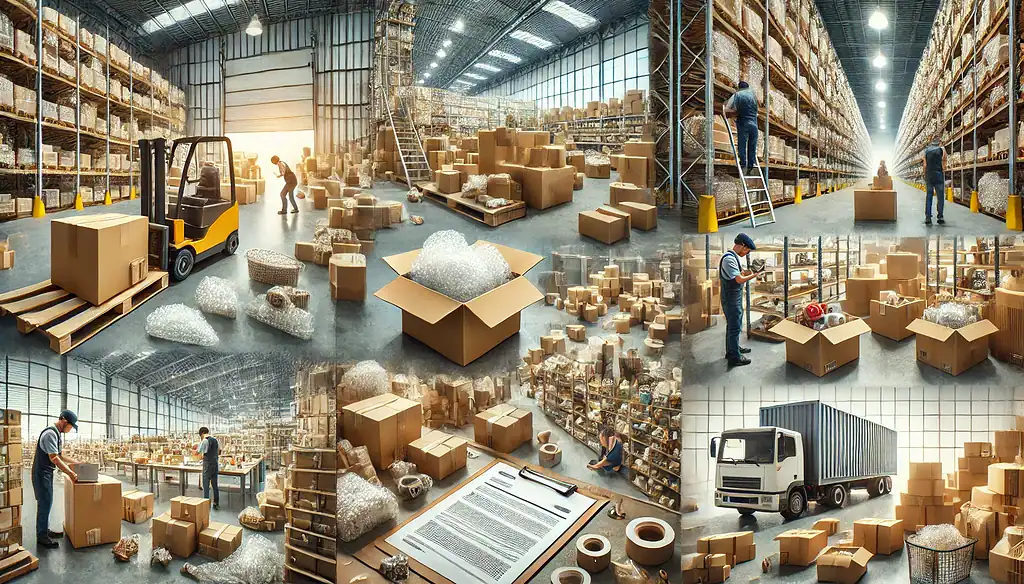
E-commerce has brought many packaging problems that greatly strain our environment and resources. Understanding these challenges is key to solving the eco-friendly puzzle.
Overpackaging and Waste
One of the most obvious problems in e-commerce packaging is overpackaging. This means:
Too much material: Many items are shipped in boxes that are way too big for the item, filled with unnecessary padding.
Mixed materials: Paper, plastic, and other materials that can’t be separated for recycling.
Single-use packaging: Items designed for one use and end in landfill waste.
Non-recyclable Materials
E-commerce relies heavily on non-recyclable materials:
Plastic mailers: Made from mixed plastics that standard recycling facilities can’t process.
Styrofoam peanuts and bubble wrap: These petroleum-based products take hundreds of years to decompose.
Tape and adhesives: These can contaminate otherwise recyclable cardboard and paper.
Carbon Footprint of Packaging Production and Transportation
The environmental impact of e-commerce packaging goes beyond waste:
Energy-intensive production: Manufacturing traditional packaging materials requires a lot of energy and resources.
Transportation emissions: Heavier packaging means more fuel consumption during shipping, which means more carbon emissions.
Disposal costs: The energy and resources required to collect, transport, and process packaging waste add to the overall environmental impact.
Eco-Friendly Packaging Benefits
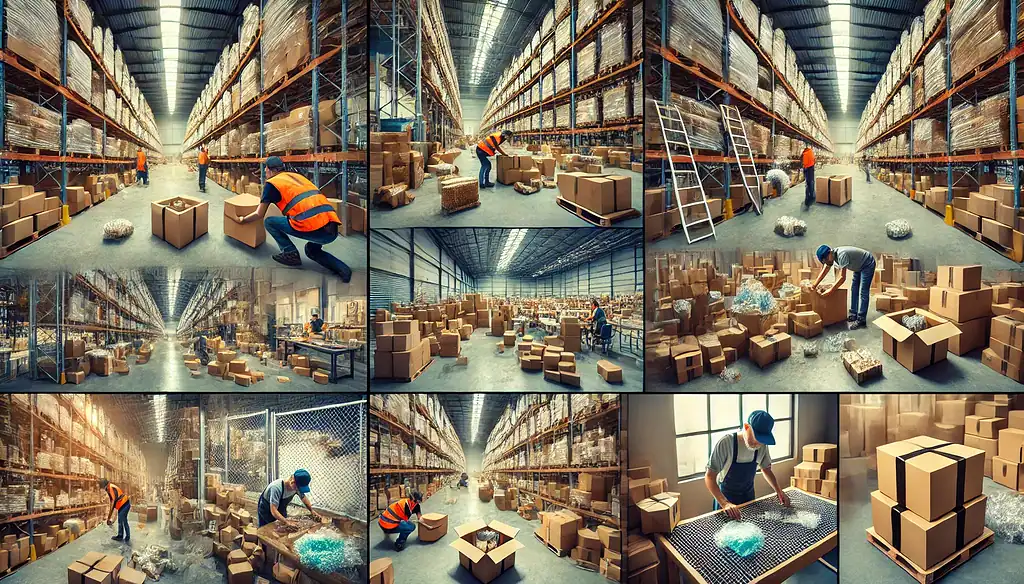
Going sustainable with compostable packaging has many benefits for e-commerce businesses, consumers, and the environment.
Environmental Benefits
Less waste: Eco-friendly materials biodegrade faster or can be recycled more easily, reducing landfill burden.
Lower footprint: Sustainable materials and designs require less energy to produce and transport.
Resource conservation: Using recycled materials or renewable resources helps preserve natural resources and reduces dependence on fossil fuels.
Long-term savings
While the initial investment may be higher, eco-friendly packaging can lead to big cost savings:
Material efficiency: Right-sized packaging reduces material costs and shipping weight.
Improved storage and transportation: Optimized packaging designs can use warehouse and truck space more efficiently.
Reduced disposal fees: As landfill taxes and recycling regulations get tougher, sustainable packaging can avoid costly fines.
Brand Image and Customer Loyalty
Eco-friendly packaging can be a marketing tool:
Positive brand association: Consumers are increasingly favoring environmentally responsible brands.
Increased customer engagement: Sustainable packages can be a talking point and shareable content for social media.
Competitive differentiation: In a crowded market, being eco-friendly can be a differentiator for your brand.
So, by tackling these challenges and adopting eco-friendly packaging, e-commerce businesses can reduce their footprint, profit, and customer relationships. Let’s explore the specifics in the next section.
Sustainable Packaging Materials
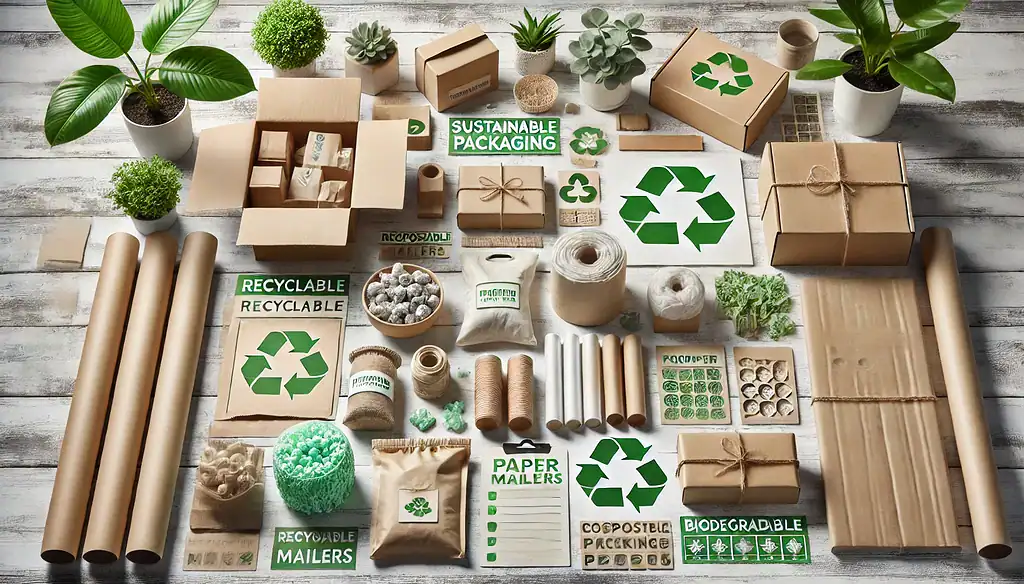
The base of eco-friendly packaging is the materials used. Here are some innovative and sustainable options that are trending in e-commerce:
Biodegradable Options
Cornstarch-based materials:
Properties: Biodegradable, compostable, and from renewable resources.
Applications: Packing peanuts, protective wrapping, and some types of mailers.
Benefits: It breaks down quickly in composting conditions, with no toxic residue.
Mushroom packaging:
Properties: Made from mycelium (mushroom roots) and agricultural waste.
Applications: Protective packaging for electronics, furniture, and other fragile items.
Benefits: Fully biodegradable, can be grown to shape, and uses minimal energy in production.
Seaweed-based packaging:
Properties: Edible, biodegradable, and dissolves in water.
Applications: Small item packaging, replacing plastic sachets and bags.
Benefits: Solves plastic pollution in oceans and can be a food source for marine life if it ends up in water bodies.
Recycled and Recyclable Materials
Post-consumer recycled (PCR) plastics:
Properties: Made from plastic waste cleaned, melted and repurposed.
Applications: Poly mailers, bubble wrap alternatives, and some rigid packaging.
Benefits: Reduces virgin plastic production and keeps plastic waste out of landfills and oceans.
Corrugated cardboard made from recycled paper:
Properties: Strong, customizable, and widely recyclable.
Applications: Boxes of all sizes, protective inserts, and mailers.
Benefits: Lower environmental impact than virgin materials, widely accepted in recycling programs.
Paper-based void fill:
Properties: Made from recycled paper, which is biodegradable and recyclable.
Applications: Replace plastic air pillows and foam peanuts to fill empty spaces in packages.
Benefits: Easily recycled or composted by consumers, reduces waste.
Recycled packaging and post-consumer recycled (PCR) plastics:
Properties: Made from plastic waste cleaned, melted and repurposed.
Applications: Poly mailers, bubble wrap alternatives, and some rigid packaging.
Benefits: Reduces virgin plastic production and keeps plastic waste out of landfills and oceans.
Recycled Packaging Solutions
Durable plastic totes:
Properties: Made from sturdy, long-lasting plastics designed for multiple uses.
Applications: Local deliveries or closed-loop systems where packaging is returned and reused.
Benefits: Reduces packaging waste over time, though initial production impact may be higher.
Fabric bags and wraps:
Properties: Made from natural or recycled fibers, washable and reusable.
Applications: Soft goods packaging, gift wrapping, or as part of a branded packaging experience.
Benefits: Creates a unique unboxing experience and encourages reuse.
Eco-Friendly Packaging Options
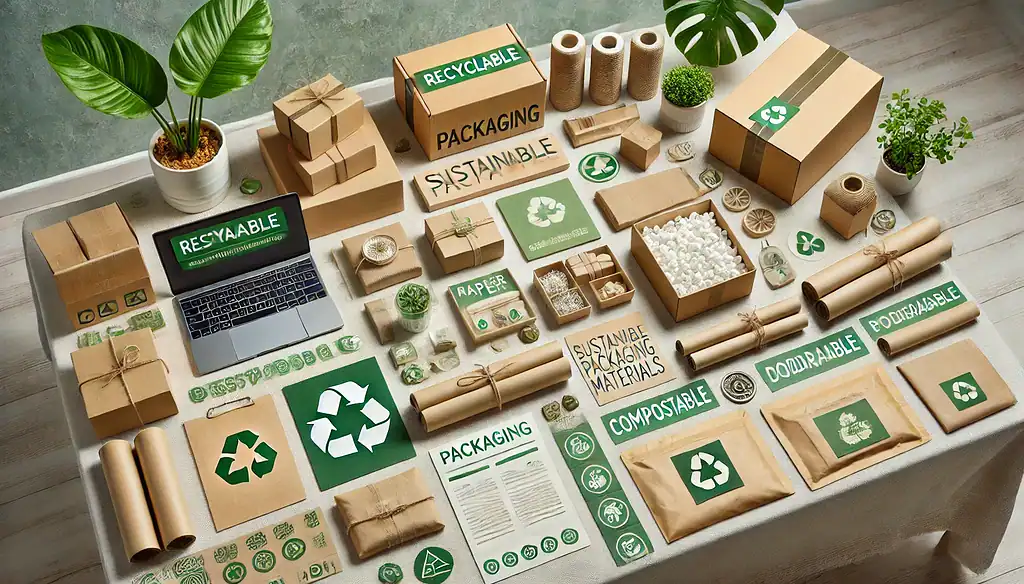
Besides materials, design plays a big role in reducing environmental impact. Here are some innovative approaches:
Right-sized Packaging to Reduce Waste
On-demand custom box creation:
Description: Systems that create boxes to each order’s exact dimensions.
Benefits: Eliminates void fill, reduces material usage, and optimizes shipping space.
Flexible packaging:
Description: Bags or envelopes that conform to the product shape.
Benefits: Reduces space, uses less material, and often weighs less than rigid alternatives.
Minimalist Designs That Use Less Material
Bare minimum packaging:
Description: Packaging stripped down to only what’s necessary for product protection.
Benefits: Significantly reduces material usage and often improves the user experience.
Integrated closures:
Description: Boxes and mailers with built-in closing mechanisms.
Benefits: Eliminates the need for additional tape or adhesives, making recycling easier.
Multi-functional Packaging That Can Be Repurposed
Packaging that transforms into useful items:
Description: Boxes or containers with a second life as storage, decor, or other functional items.
Examples: Shipping boxes that become cat houses, plant pots, or storage containers.
Benefits: Extends the life of packaging materials and adds value to customers.
Returnable packaging systems:
Description: Durable packaging designed to be sent back to the retailer for reuse.
Benefits: Reduces waste over time, though it requires customer participation and reverse logistics.
Technology and Automation in Sustainable Packaging
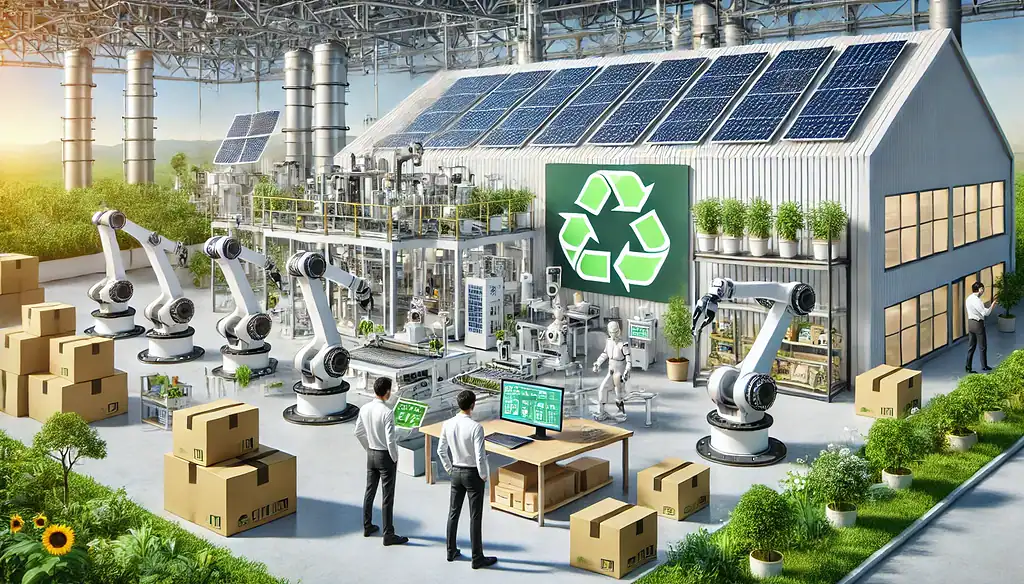
Technology and automation are changing the game for sustainable packaging in e-commerce fulfillment centers. These innovations make packaging more efficient, reduce waste, and be better for the environment.
AI-powered Packaging
Machine Learning for Package Selection:
Description: AI looks at order contents, fragility, and shipping distance to recommend the most eco-friendly packaging.
Benefits: Less overpackaging and better protection.
Predictive Analytics for Inventory Management:
Description: AI predicts packaging needs based on historical data and market trends.
Benefits: Less excess packaging inventory, waste, and storage costs.
Automated Systems for Custom Box Creation
On-demand Box Making Machines:
Description: Machines that make custom-sized boxes for each order in real-time.
Benefits: No more standard-sized boxes and void fill, which reduces material waste by up to 20%.
3D Scanning and Modeling:
Description: Technology that scans products and designs packaging on the fly.
Benefits: Perfect fit packaging, reduces material use and shipping costs.
Sustainable Printing and Labeling Methods
Digital Printing Technologies:
Description: On-demand printing for boxes and labels.
Benefits: Reduces pre-printed packaging inventory and allows for customization.
Water-based and Soy-based Inks:
Description: Eco-friendly alternatives to traditional petroleum-based inks.
Benefits: Lower environmental impact and better recyclability of packaging.
RFID and Smart Labels:
Description: Advanced labeling that improves tracking and reduces paper.
Benefits: Better supply chain efficiency and less waste from misdirected packages.
Eco-Friendly Packaging in Fulfillment Centers
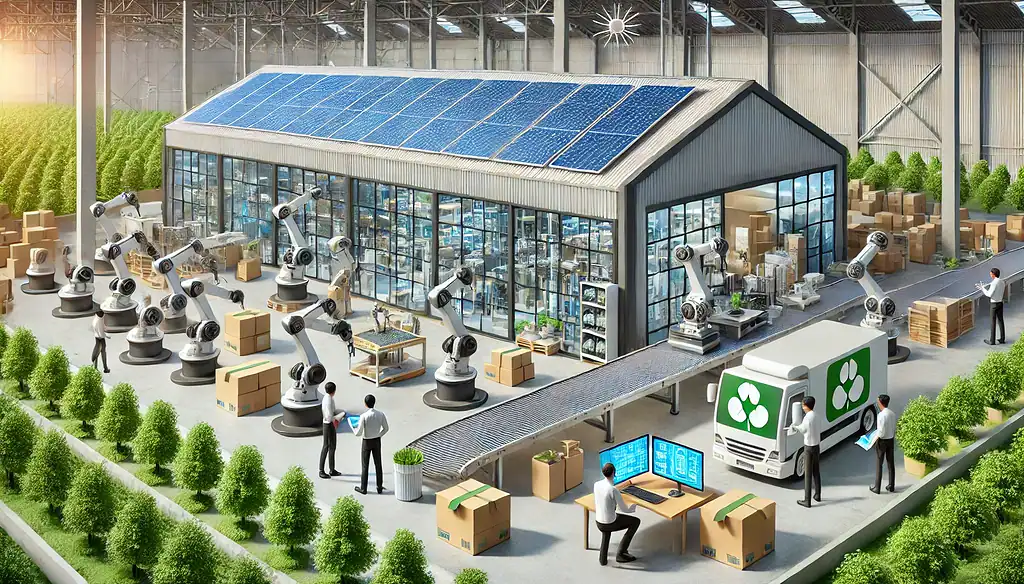
Going green requires a plan. Here’s a roadmap to implementing eco-friendly practices in e-commerce fulfillment centers:
Current Packaging Practices
Packaging Audit:
Action: Look at current packaging types, sizes, and usage.
Purpose: Find areas of waste and opportunities to improve.
Measure Environmental Impact:
Action: Calculate the footprint and waste of current packaging.
Purpose: Have a baseline against which to measure.
Develop Training Programs:
Content: New materials, technologies, and best practices for sustainable packaging.
Importance: Ensures a smooth transition and maximizes the benefits of new systems.
Create Sustainability Champions:
Action: Appoint team members to lead sustainability and share knowledge.
Purpose: Create a culture of environmental responsibility within the organization.
Partner with Eco-friendly Suppliers
Research and Qualify Suppliers:
Action: Find suppliers of eco-friendly packaging materials and technologies.
Criteria: Look at certifications, production methods, and supply chain transparency.
Collaborate on Innovation:
Action: Work with suppliers to develop custom sustainable packaging solutions, including compostable mailers.
Benefits: Packaging optimized for your products and logistics.
Phased Implementation
Pilot Programs:
Approach: Start with small-scale testing of new packaging.
Benefits: Allows for tuning before full-scale implementation.
Rollout:
Strategy: Implement in stages, starting with the biggest impact or easiest to change.
Advantage: Manages cost and minimizes disruption to business.
Monitor and Improve
Set KPIs:
Metrics: Waste reduction, cost savings, customer feedback, and footprint.
Purpose: Measure the impact of this packaging.
Review and Optimize:
Action: Regularly review packaging practices and results.
Goal: Find areas to improve and stay updated with new sustainable technologies.
With technology and a roadmap, e-commerce fulfillment centers can go green. And save. And please, customers.
Case Studies
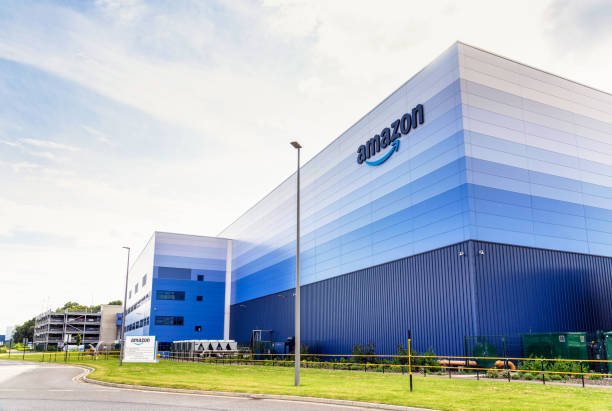
Looking at real-world examples of e-commerce companies that have implemented additional packaging solutions can be super helpful and inspiring. Here are a few examples:
Amazon’s Frustration-Free Packaging Program
Program Overview:
Description: A program encouraging manufacturers to package products in easy-to-open, 100% recyclable packaging.
Launched in 2008, and has since grown to over 10,000 products.
Results:
Waste Reduction: 1 million+ tons of packaging material removed.
Customer Satisfaction: Better unboxing experience and less wrap rage.
Cost Savings: Lower shipping costs due to smaller and lighter packages.
ASOS’s 100% Recycled Mailing Bags
Program Overview:
Description: Switch to 100% recycled plastic and compostable bags for mailing.
Launched: Global rollout in 2019 after successful trials.
Results:
Environmental Impact: 583 tonnes of virgin plastic are saved each year.
Brand Reputation: Strengthened as an eco-friendly brand.
Customer Engagement: Bags have clear recycling instructions to encourage proper disposal.
Dell’s Mushroom Packaging
Program Overview:
Description: Mushroom-based packaging for heavy server parts.
Developed: In partnership with Ecovative Design.
Results:
Biodegradable: Packaging breaks down in 30 days in home compost.
Performance: Matches or beats Styrofoam.
Awards and Recognition: Positive press and industry awards.
Walmart’s Packaging Optimization
Program Overview:
Description: End-to-end approach to reduce packaging across their supply chain.
Includes: Vendor scorecards, packaging redesigns, and material innovation.
Results:
Waste Reduction: 213,000 metric tons of packaging waste over 10 years.
Cost Savings: $3.5 billion in transportation and material costs.
Supplier Engagement: Driven innovation and sustainability practices among suppliers.
Overcoming the Hurdles
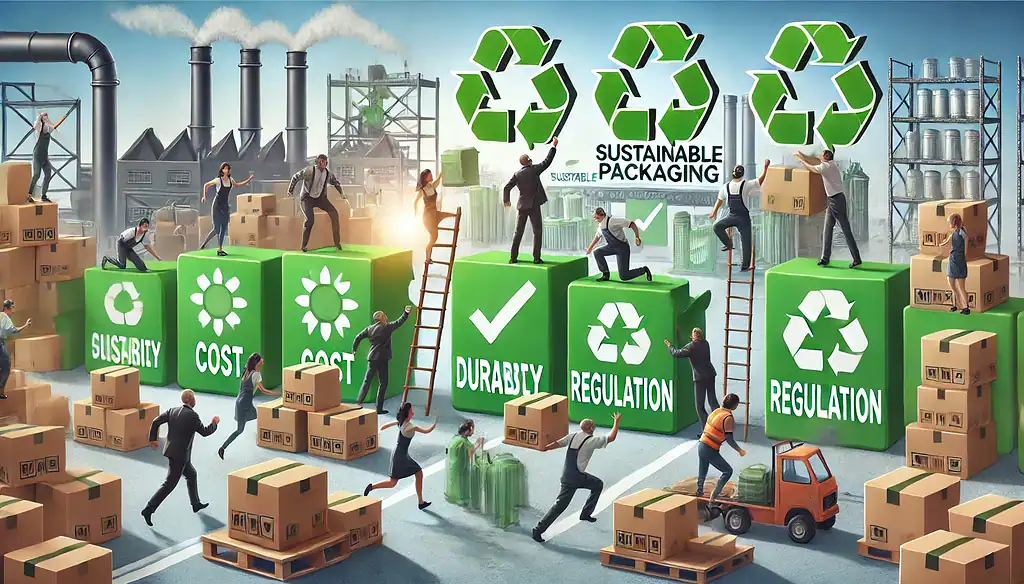
Initial Costs and ROI
Challenge: Higher cost of sustainable materials and technologies. Solution:
Do a full cost-benefit analysis that includes long-term savings.
Start with low-hanging fruit, high-impact changes to show ROI.
Research government incentives or grants for sustainable business practices.
Challenge: Measuring environmental benefits. Solution:
Implement tracking for key metrics like waste reduction and emissions.
Partner with an environmental consultant to measure and report impact.
Customer Education on New Packaging
Challenge: Customers don’t know about this option. Solution:
Create clear and compelling communication about new packaging options.
Use packaging design and inserts to educate customers on proper disposal or reuse.
Leverage social media and email campaigns to showcase sustainability efforts.
Challenge: Customers don’t believe this type of packaging works. Solution:
Be transparent about testing processes and performance metrics.
Encourage and feature customer feedback on packaging experiences.
Product Protection vs Sustainability
Challenge: How to protect products during shipping. Solution:
Test new packaging materials and designs rigorously.
Use AI and data analytics to optimize packaging for each product type.
Consider hybrid solutions where sustainable and traditional materials can coexist.
Challenge: Different product requirements. Solution:
Have a range of packaging solutions for different product categories.
Have flexible packaging systems that can adapt to different product needs.
Supply Chain and Logistics
Challenge: How to integrate new packaging solutions into existing processes. Solution:
Phased implementation to minimize disruption.
Training for all staff.
Regular review and optimization as new solutions are introduced.
Challenge: Consistent supply of packaging materials. Solution:
Diversify supplier base to mitigate risk.
Work with suppliers to forecast and plan for shortages.
Consider vertical integration or partnerships to secure key materials.
By tackling these challenges, you can smooth the transition. It’s all about planning for the long term and continuous improvement.
Future Trends in Eco-Friendly E-commerce Packaging
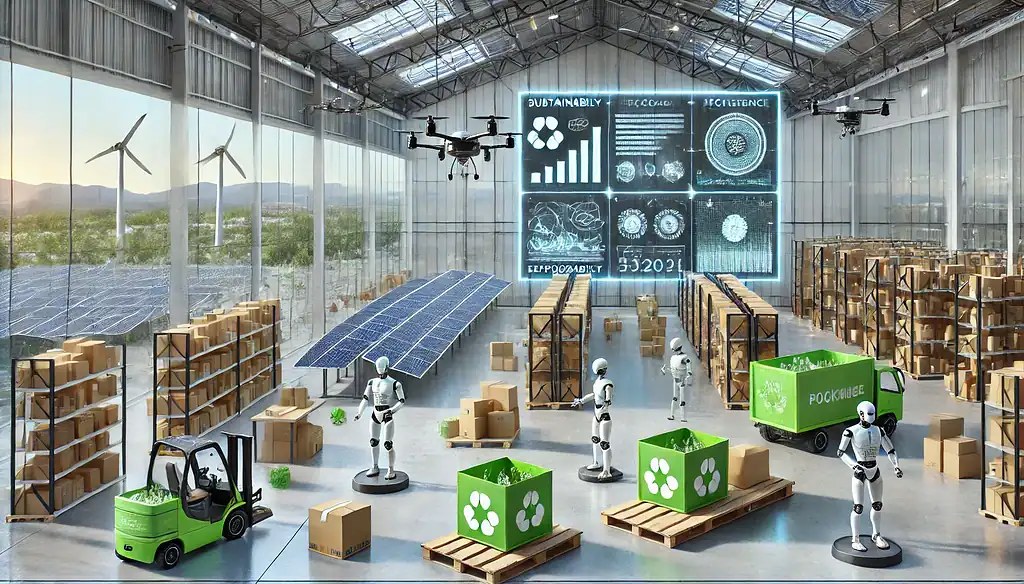
As tech advances and the environment becomes more important, eco-friendly e-commerce packaging looks bright and exciting. Here are the trends to watch:
New Materials and Technologies
Nano-cellulose Packaging:
Description: Super strong, lightweight, made from wood pulp.
It could replace plastic in many applications and be fully biodegradable.
Edible Packaging:
Description: Packaging you can eat, often made from seaweed or starch.
Great for food and small item packaging.
Self-healing Materials:
Description: Packaging that can repair minor damage and extend its life.
Reduces the need for extra protective layers and replacements.
4D Printing in Packaging:
Description: 3D printed materials that can change shape or properties over time.
Can create packaging that adapts to product needs during shipping and storage.
Regulations and Industry Standards
Extended Producer Responsibility (EPR) Laws:
Description: Producers are responsible for the entire lifecycle of their packaging.
Will drive innovation in recyclable and reusable packaging designs.
Standardized Recycling Labels:
Description: Universal labeling to tell consumers how to recycle.
Simplifies recycling for consumers and increases recycling rates.
Plastic Packaging Taxes:
Description: Tax on packaging with less than a certain percentage of recycled content.
It will accelerate the adoption of recycled and alternative materials.
Carbon Footprint Labeling:
Description: Mandatory disclosure of packaging footprint.
Will influence consumer choice and drive companies towards lower-impact solutions.
Consumers Driving Change
Transparency:
Trend: Consumers want to know what’s in their packaging and its environmental impact.
Companies must provide more detailed sustainability info on their packaging and website.
Social Media:
Trend: Unboxing videos and social media posts are all about proper packaging.
Brands will prioritize packaging to get positive shares.
Circular Economy:
Trend: Consumers want to participate in circular economy models.
This will lead to more adoption of recyclable packaging systems and take-back programs.
Customization and Personalization:
Trend: Consumers want packaging tailored to their preferences, including sustainability options.
AI-powered systems will offer consumers choices on how their items are packaged.
Summary
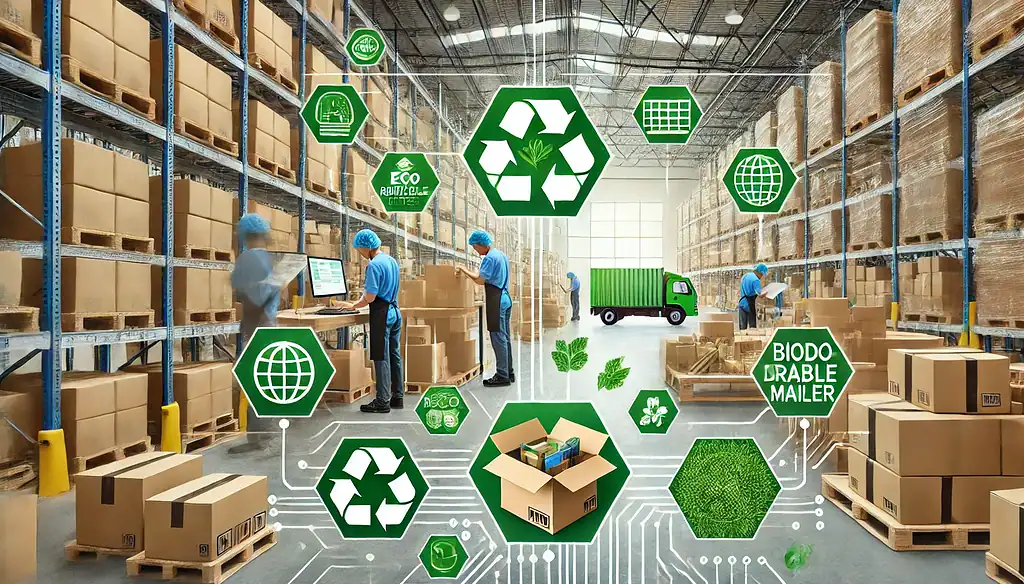
As we’ve seen throughout this post, eco-friendly packaging is not a trend; it’s an evolution in e-commerce. Traditional packaging has a big environmental impact, but so are the opportunities for innovation and change.
Key Takeaways
The e-commerce boom has put packaging waste in the spotlight.
Sustainable packaging materials, from biodegradable to recycled and reusable, are available alternatives to traditional materials.
Designing for right-sizing, minimalism, and multi-functionality can reduce waste significantly.
Technology and automation are key to optimizing packaging for sustainability.
Eco-friendly packaging requires a strategic approach, staff training, and partnerships with sustainable suppliers.
While there are challenges, many e-commerce giants have already adopted sustainable packaging and are seeing cost savings, waste reduction, and brand reputation benefits.
The future of eco-friendly packaging looks bright, with new materials and technologies on the horizon.
Start by reviewing your current packaging and identify areas for change. Try out some of the sustainable materials or designs mentioned in this post. Talk to your customers about your sustainability efforts and listen to their feedback.
Remember, the journey to eco-friendly packaging is not a destination. It’s an ongoing commitment to innovation and adaptation. But with every step towards sustainability, you’re not just packaging products; you’re packaging a better future for our planet.


